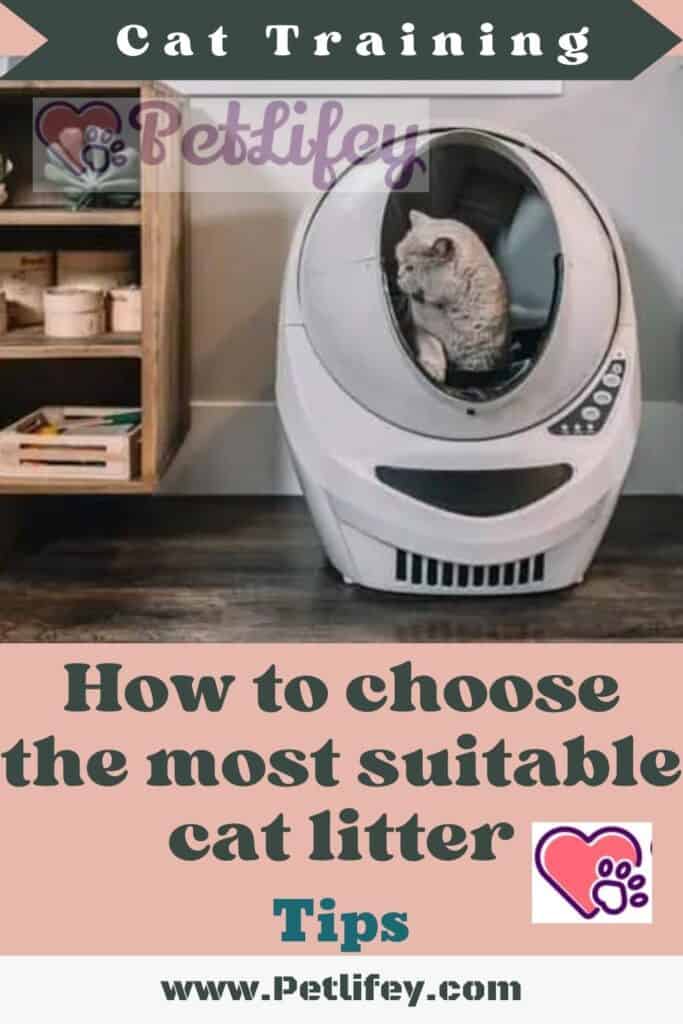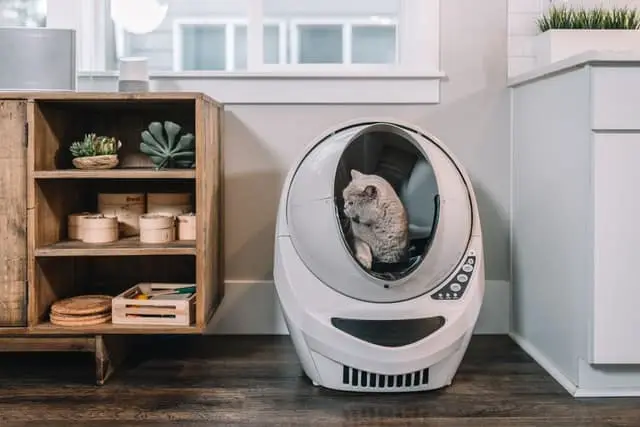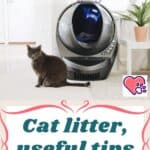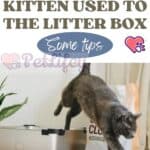
The cat litter is the first, indispensable tool that you must equip yourself with when you decide to welcome a cat into the house. It is an indispensable space for the well-being and safety of the cat and its owners and must be managed with the utmost attention.
There are different types of cat litter on the market. All perform different functions according to specific needs. Let’s see how to choose the best one for your cat and practical advice to keep it always clean and fragrant.
Types of cat litter
The cat is a feline that loves to take great care of its hygiene and the cleanliness of its spaces. By natural instinct, this pet searches for an area in which to lay down their needs with certain characteristics. In nature, the cat looks for a quiet, secluded place with soft soil to dig.
At home, however, cat uses its litter box without needing to be trained to do so.
Although there are different types of litter and litter boxes , the general rule is that it is easy to clean, complete with the right absorbent and agglomerating materials and placed in a place that is easy to access, both for the cat and for those who will have to provide for its maintenance.
A cat litter that is not perfectly clean, in fact, exposes both the animal and people to the risk of bacterial contamination such as toxoplasmosis.
In general, cat litter boxes are mainly divided into two categories: fine-grained and coarse-grained. The fine-grained ones are preferable especially for smaller cats or puppies because they are soft and allow you to dig without difficulty.
Other cats, on the other hand, may prefer tougher and more tenacious substrates to dig. In this case, the option of coarse-grained bedding is useful, also because they are more effective for odor control .
But how to choose the right one among the many available in specialized stores and on the web? Here are the main cat litter boxes grouped by macro-categories.
Clumping cat litter
The main feature of this litter is the fact that it is based on bentonite. It is a substance made with clay which in contact with liquids melts and forms balls after the cat has deposited its needs.
The convenience of this type of litter is that it can only be cleaned of the agglomerated part with a simple scoop, without having to empty it every time.
The cons, if you like, is that the cat’s needs always remain on the surface. All in all, however, it is certainly one of the best litter boxes for practicality and cleanliness, as it is also effective for capturing and retaining bad smells.
Pay attention to the composition of this type of litter: some may contain synthetic fragrances that could annoy the cat.
Non-clumping anti-odor cat litter
Although it is always composed of clay derivatives, this type of litter does not form pellets but absorbs liquids over the entire surface. The solids, on the other hand, are buried by the cat itself. This means that the tray filled with this litter box must be emptied completely each time.
The advice is to prefer it to the clumping one if your cat has difficulty urinating or urinating frequently. In this case, in fact, the control of bad odours is facilitated by the fact that the liquids are led towards the bottom of the container.
Silicon cat litter
Silicon crystals represent something of a cat litter innovation . In fact, they have recently been widely used because they have a very powerful absorbent capacity and guarantee maximum hygiene and minimum odors. In contrast, however, they cost much higher than traditional bedding.
Some vets advise against silicon because it stings the fingertips of cats’ paws and contains allergenic substances that could trigger allergic reactions .
Furthermore, the ecological aspect must also be considered . Silicon litter boxes are much more polluting than classic litter boxes and given the cost, the choice can certainly be directed towards more sustainable litter boxes from both points of view.
Vegetable and biodegradable cat litter
In terms of ecological choices, certainly the best litters are those produced from waste of biodegradable organic materials such as corn. In this case, the disposal is environmentally friendly and the used litter boxes can also be thrown down the toilet .
This category includes litter based on paper, wood, shavings, sawdust, soil, pellets. Although they are very absorbent and sustainable, they must be changed frequently because they tend to become saturated before a common cat litter box.
These litter boxes do not contain silicon, artificial fragrances and other particles that are potentially harmful to the animal or the environment. They are lighter and moderately clumping, which means that you can selectively clean the litter whenever you need it.
A 7kg bag of medium-grain vegetable litter made from corn scraps, for example, lasts an average of 1 month.
Self-cleaning cat litter
The self-cleaning litter is equipped with a grid and a rotation system that allow you to separate the lumps to be eliminated from the part of the litter that is still clean. In this type of litter it is necessary to use a clumping sand.
Closed or open cat litter?
In addition to the composition of the sand, another factor to consider when choosing the tray in which the cat will deposit its needs is whether it is closed or open. The cat’s need to hide its needs comes from a primal instinct to hide its tracks from predators. House cats typically lose this instinct and don’t need to hide, but some may prefer a little more privacy instead .
To understand which tray is best suited to yours, observe its behaviour. If the cat tends not to dirty or spread the litter out of its tray then you can opt for the open one which will also be easier to clean. But if the cat shows the opposite trend, then it will be better to have a closed litter box, perhaps well hidden behind a plant or in a corner of the house.
Useful tips for choosing and cleaning

- During the first months of a cat ‘s life, it is better to use litter boxes with fine granules, both absorbent and clumping, which are certainly more suitable for the delicate fingertips of the cat.
- Once adult, let your cat choose the litter box he prefers by letting him try more types. The best choice must be based on the needs and tastes of your 4-legged friend.
- If you are undecided between litter and coarse-grained and fine-grained, try to compose the substrate with a mixture of the two types and see if this solution is to the liking of your four-legged friend.
- The height of the litter box should vary according to the age of the cat and its agility. The length, on the other hand, must be at least double the body length of the animal.
- In order for it to always be clean and fragrant , the litter box must be replaced at least once a week .
- Remember not to use highly scented cleansers that could bother the cat. To wash the tray, use hot water and neutral soap or bicarbonate (2 tablespoons per liter). Alternatively, you can also use vinegar as long as you rinse well after use.
- The layer of the litter box must be at least 5 centimetres high so that the cat can dig as much as it needs.
As you have seen, therefore, there is no real better option than the others. The use and choice of cat litter must be weighted according to the preferences and habits of your pet. And your cat, which litter box does it prefer?






